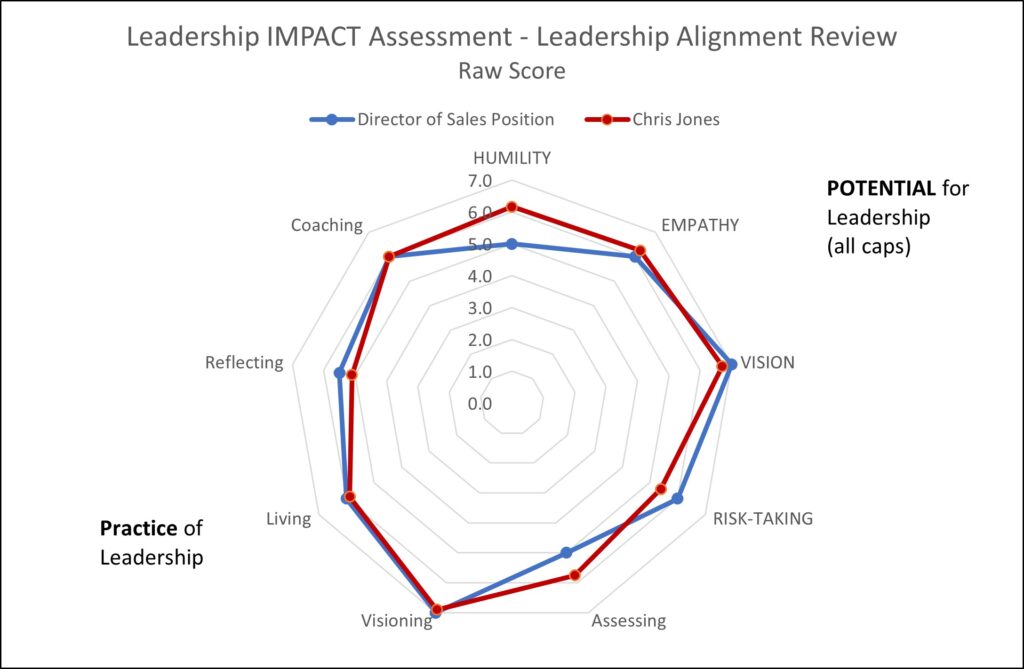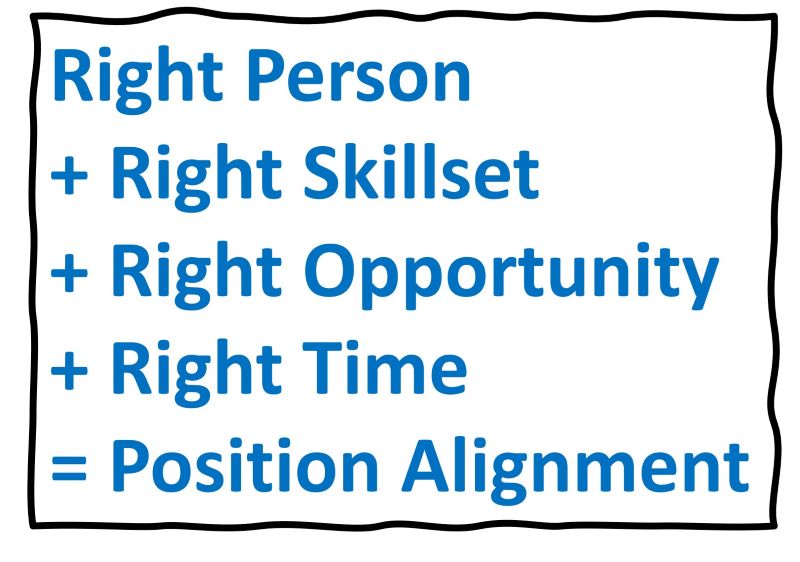4 Choices That Result in Costly Leadership Misalignment
Category : Leadership
Every minute of every day someone makes a choice that will result in costly leadership misalignment. This occurs when an organization fails to select the right person with the right leadership skillset for the right opportunity at the right time. According to Gallup, this happens 82% of the time. On the surface, that figure seems high, but it’s supported by another Gallup study that states 90% of people don’t believe the person they report to is leadership ready. This is likely because many promotions and assignments are based on functional expertise – not leadership ability or readiness. A brilliant individual contributor doesn’t automatically make a great team leader. Misaligned assignments lead to team disengagement, poor performance, and high turnover.
Assigning or promoting the wrong leader to a position is very costly as studies have put the cost of low engagement at around $12,000 per year per misaligned assignment. In an organization of 1,000 employees with a misaligned assignment rate of 82%, the annual costs could be $9.8 million annually. The costs are even higher if substantial turnover is involved, or the misalignment occurs in a senior leadership position. Even with a lower misalignment rate, the costs can still be very substantial.
The 4 costly leadership misalignment choices organizations make regularly are:
Wrong Person
Promoting or assigning the wrong leader to a position is usually the primary driver of misalignment. As mentioned, people are often promoted based on their individual functional expertise or success. Sometimes, the promotion is justified because “it’s their time.” Neither one of these is a valid reason if the person’s leadership readiness for a particular opportunity is not the primary driver.
Wrong Skillset
If the position requires a leader to motivate an underperforming team, you may not want one whose best quality is risk-taking, or a person who excels at observation to lead a distributed team, when you may need someone with who excels at communication. It’s like the State Farm commercial, when you need an athletic trainer, you don’t want Meghan Trainor.
Wrong Opportunity
Not properly assessing the opportunity the leader will be promoted or assigned to can lead to another costly misalignment choice. The skillset needed to lead a new department or division are very different from what is needed to lead an established one. The skillset needed to lead an underperforming team is different from what is needed to lead a team comprised of mostly high performers.
Wrong Time
Misreading the timing or situation also leads to misalignment. You may want someone skilled in change management if major industry challenges are foreseeable. Timing is also an important consideration if the organization is in a growth mode versus a harvesting mode.
STEPS TO MITIGATE MISALIGNMENT
The best way to mitigate these misalignment choices is to work backwards to better match the right person with the right skillset to the right opportunity at the right time.
Right Time
The organization needs to conduct a thorough examination of the environmental and external factors that could impact the situation the person will be leading in. This includes assessing the impact any significant industry or government changes could have on the leader’s ability to be effective in the short and long term.
Right Opportunity
Analyzing the leadership opportunity focuses more on the potential internal challenges the leader may face. What is the internal situation comprised of, i.e., new versus established personnel, new or existing product or service, a motivated team, or well-established systems and processes.
Right Skillset
With the additional insights from the timing and opportunity analysis, a comprehensive position requirement can be created that articulates the desired leadership skillset needed to succeed in the position. Utilizing an AI model would help determine if the position requirements address the needed skillset for the position.
This requires an objective measurement of each candidate’s leadership skillset to determine how well they are a fit for the opportunity and situation they could be charged with leading in. Although this is usually currently normally performed, adding the lens of opportunity and timing adds nuances that might have been overlooked.
Right Person
With the comprehensive position requirements, the organization can determine if the current or prospective leader is aligned with the position by comparing an assessment of their leadership skillset to that generated in the requirements skillset analysis.
In our AI model, we can analyze comprehensive position requirements using a 7-point Likert scale, based on the core leadership behaviors to determine alignment. In the examples below, Pat Smith is currently misaligned to the Director of Sales position as they are below on several of the summary leadership dimensions. Conversely, Chris Jones is closely aligned to the position demonstrated by their assessment being close to or above the dimensions in the model.


Organizations typically focus on the person and the skillset needed for a particular position but tend to neglect the internal and external situation that could mean the difference between leadership success or failure. A leader could be successful in one situation but fail miserably in another. By following this framework, an organization can reduce misalignment resulting in higher team engagement, better performance, lower turnover, and improve the leader’s chances of success.
Learn more about we use our proprietary AI model to reduce misalignment in leadership assignments and hiring.

